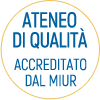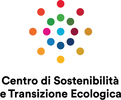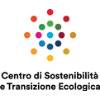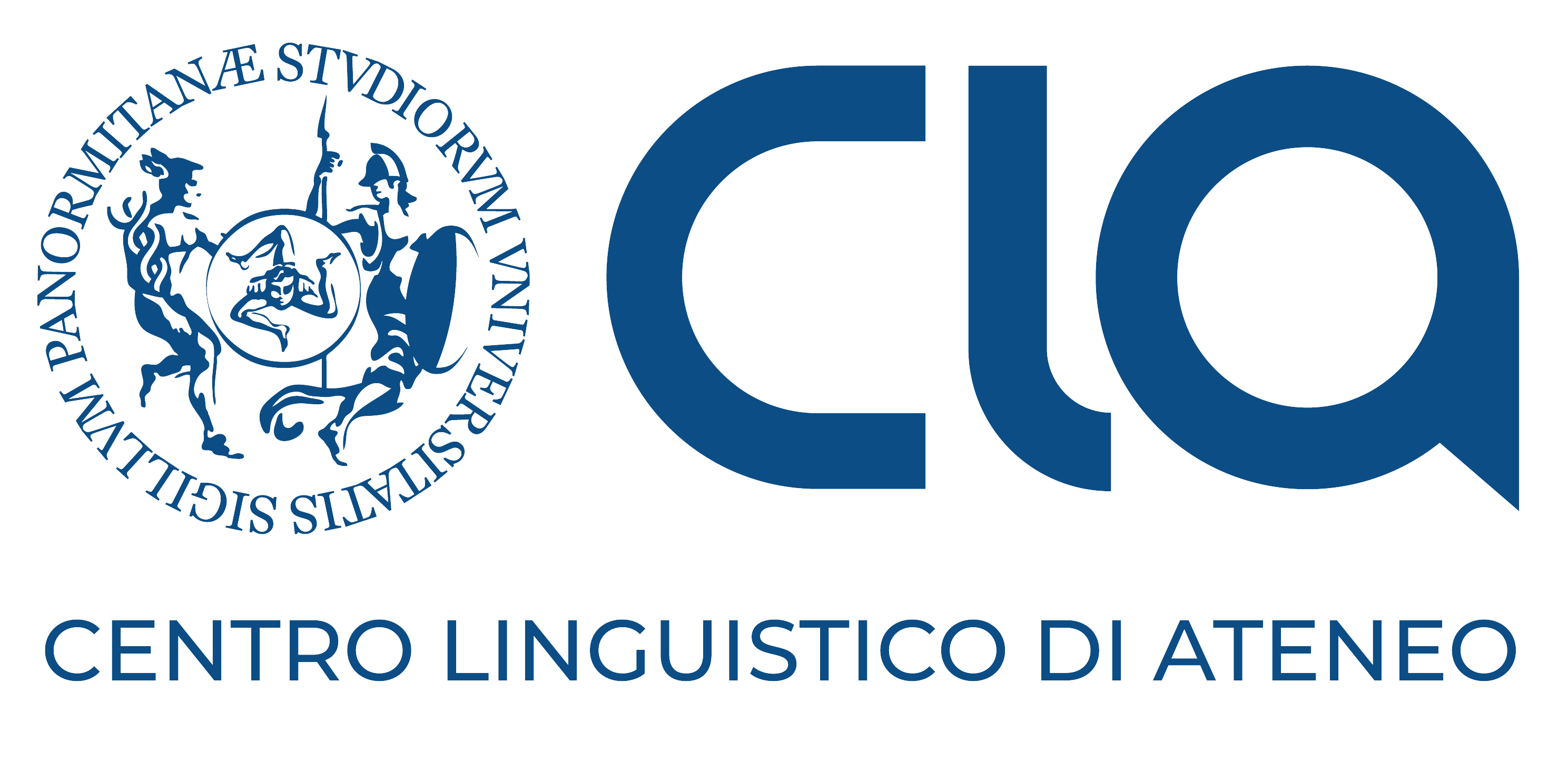Galleria delle immagini - Gallery
PHOTOCATALYSIS RESEARCH GROUP “SCHIAVELLO-GRILLONE”
Marianna Bellardita, Elisa García López, Vittorio Loddo, Giuseppe Marcì
Expertise of the research group:
- Preparation and characterization of photocatalysts;
- Immobilization of TiO2 thin films on different types of material;
- Reactivity of photoactive powders and films;
- Selective photocatalyic reactions;
- Coupling between photocatalysis and other technologies;
- Modeling of heterogeneous photocatalytic reactors;
- Kinetics of photocatalytic reaction;
- Development and design of pilot-scale plants.
Photocatalytic reactions induce interest from chemical industries in the field of environmental protection as these processes are efficient for the degradation of different polluting compounds present in industrial waste. The research group is expert in the preparation and characterization of bare or doped nanostructured polycrystalline semiconductors. This research field is aimed to improve some properties of photocatalysts such as the extension of absorption in the field of visible radiation.
The photoactivity of the materials is studied by test reactions on probe molecules. The group is experienced in immobilize TiO2 on various materials such as glass sheets or spheres, graphite, concrete, metals and different polymers (research developed in collaboration with industry). In the last years, the group studied applications of photocatalysis in the field of selective "green" oxidations carried out with harmless solvents such as water, ethanol or dimethyl carbonate. To increase the efficiency of heterogeneous photocatalysis in pollutants abatement, the research group studies the coupling of photocatalysis with other physical or chemical technologies. The kinetic studies also allow to determine the reaction rate equations, the reaction paths and the kinetic models derived from the experimental data which are used to predict the feasibility of the process. Studies were also carried out on mixtures of organic substances to determine the influence of each individual compound on the reaction rate of the other compounds. These studies have been applied for the development of microreactors and reactors also in pilot scale.

Overall view of a solar photocatalytic pilot plant; TiO2 supported on Pyrex spheres (SEM photo and EDAX mapping)
______________________________________________________________________________________________________________________________________________________
FABRICATION AND CHARACTERIXZATION OF ELECTROCHEMICAL DEVICES
The research activity concerns the synthesis of different nanomaterials for the fabrication of electrochemical devices for technological applications in different fields such as energy, sensors, recovery of end-life materials, human health and electrocatalysis. More specifically, five main thematic areas can be identified:
- DEPOSITION AND CHARACTERIZATION OF NANOSTRUCTURES by electrochemical methods (electroless and / or electroplating) using nanoporous membranes as template;
- SENSORS AND BIOSENSORS for environmental and biomedical applications;
- DEPOSITION and CHARACTERIZATION OF BIOCOATINGS for ortopedic implants;
- NANOSTRUCTURED MATERIALS FOR HYDROGEN PRODUCTION IN ALKALINE ELECTROLYZES and FOR LEAD-ACID BATTERIES;
- RECOVERY OF METALS FROM E-WESTE through electrochemical techniques.
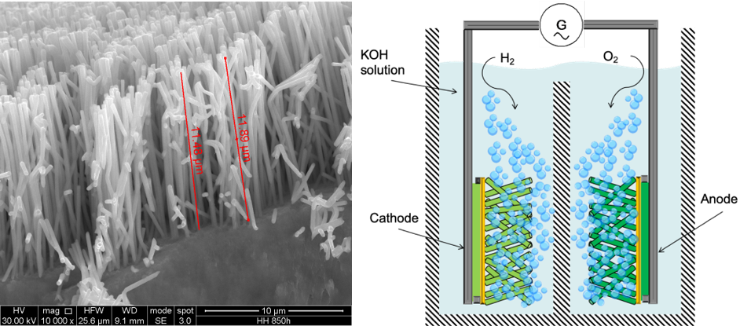
SEM image of nanostructured electrode and scheme of Electrolyzer for hydrogen and oxygen production from water.
______________________________________________________________________________________________________________________________________________________
Chemical and Biochemical Plant Research activity (ING-IND/25)
Teaching staff: Alberto Brucato (alberto.brucato@unipa.it),
Giuseppe Caputo (giuseppe.caputo01@unipa.it)
Franco Grisafi (franco.grisafi@unipa.it)
Francesca Scargiali (francesca.scargiali@unipa.it)
Brief description of the research topics of the group:
Modeling and experimentation on stirred multiphase bioreactors
The research group has a long experience on these complex systems, having developed many novel experimental techniques for the measurement of the fluid dynamic and mass transfer performances. Moreover, the group has also developed a long experience on the use of Computational Fluid Dynamics (CFD) techniques for the simulation of the flow-field in these complex multi-phase systems.
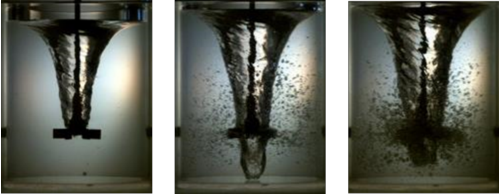
Modelling and development of novel photobioreactors for microalgae growth
The objective is to find novel design and process solutions devoted to the reduction of investment and operational costs. To this purpose a novel photobioreactor prototype has already been constructed at the University Campus and experimentation and modelling is in due course. Also, studies on the characterization and possible uses of autochthonous microalgae have been started.
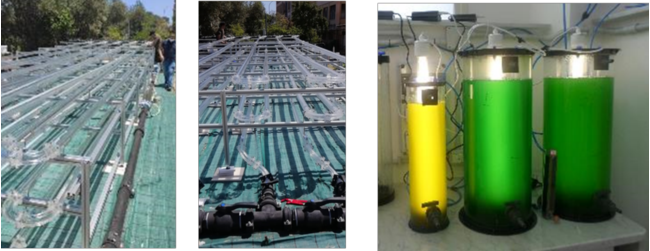
Supercritical fluid extraction at pilot scale
Supercritical CO2 is a green solvent for the extraction of high added value species from solid and liquid natural matrices, such as pharmaceuticals, nutraceuticals and cosmetics. The research work consists in the experimental study of innovative extraction strategies, in the engineering of innovative solutions and in the optimization of the processes. New studies on CFD analysis of extraction columns have been planned.
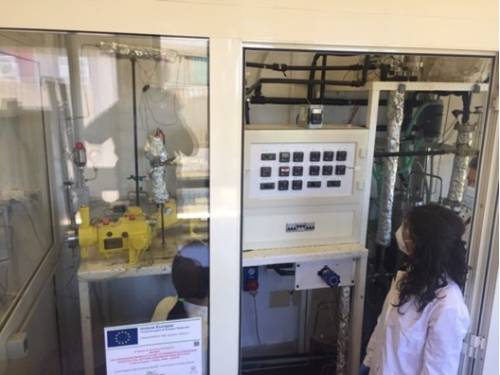
Thermal valorization of biomasses and waste.
The efficient valorization of biomasses and waste is a key point for the energetic transition. The research group has three labs (one of them joined with private companies), equipped with a variety of lab- and pilot- scale plants, for the study of innovative process schemes based on pyrolysis for the production of bio-oils, gasification of biomasses for producing syngas and advanced oxidation in supercritical water for disposal of noxious waste.
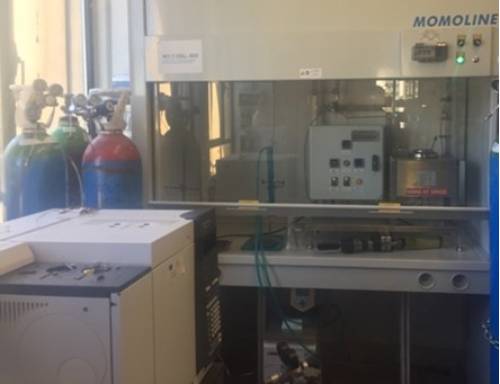
______________________________________________________________________________________________________________________________________________________
Research group of hydrology for the study of the climate change impacts
The mission of the HYdrology & CLimate changes ImpaCts Laboratory (HYCLIC-LAB) is to explore the role of water in the Earth system and improve the prediction of the multi time-space scale response of hydrology to anthropogenic and/or natural climate changes. The main fields of research concern hydrology, ecohydrology, hydroinformatics, remote sensing and GIS, statistical hydrology, trend analysis and hydrological extremes, hydrological monitoring, climate changes, early warning systems and flood management, Natural Based Solutions and Green Infrastructures. Among the several activities of the research group, monitoring plays a key part since it makes it possible to reveal the state of the environment, understand hydrological processes, analyze trends, and support policy development.
A monitoring network made of 18 tipping-bucket rain gauges, two X-Band Mini radars, a weighting rain gauge, an optical disdrometer, a weather station including: sensors for air temperature, relative humidity and pressure, a 3D sonic anemometer and a net radiometer has been built over the years to monitor the area around Palermo. Collected data are fundamental to study the rainfall fields around Palermo and develop floods forecasting and early warning systems. New methods based on optical techniques are currently experimented for the river discharge monitoring. The dynamics of the liquid surface are firstly recorded by cameras installed close to the river, mobile-devices with operators standing on the banks and on bridges, cams installed on unmanned aerial vehicles. The recorded sequences are then processed to reconstruct the local flow velocity by studying the particles displacements, natural or artificial, between pairs of subsequent frames.
An experimental multilayer green roof installed on the roof of the Department of Engineering of the University of Palermo (Italy) is currently used to study the mitigation effects of such structures on pluvial floods produced by short‐duration rainfalls. The prototypal system is made of a green layer with a mixture of Mediterranean plants and a blue layer with a remotely controlled weir to regulate the discharge outflow and water storage. A network of sensors monitors the system and an equal size gray roof area bordering the system, which is used as benchmark.
More information about the HYCLIC-LAB can be found at the following link: http://idrologia.unipa.it/
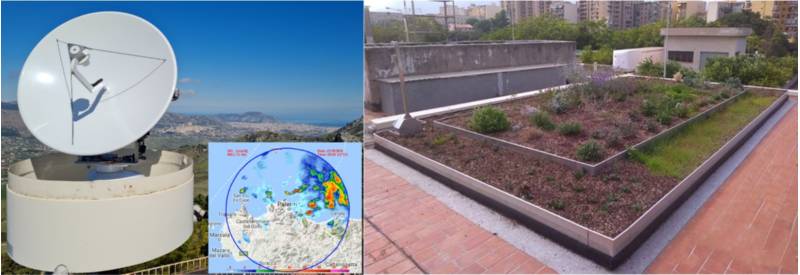
______________________________________________________________________________________________________________________________________________________




